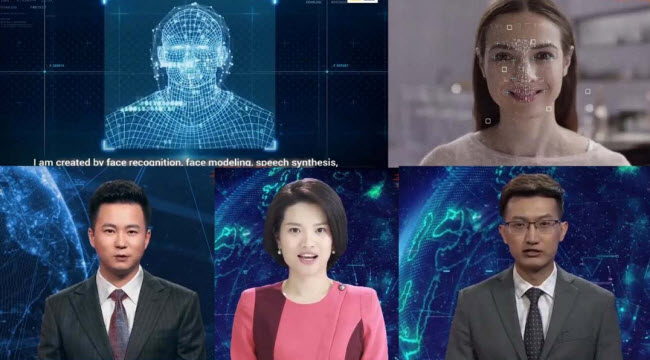In recent years, technological advancements, particularly in artificial intelligence (AI), have significantly transformed various industries. AI’s ability to perform tasks typically handled by humans is reshaping the job market, potentially displacing humans in roles traditionally thought to require a human touch. This unexpected shift was vividly demonstrated by China’s state news agency, Xinhua, at the World Internet Conference, where they unveiled the world’s first AI-powered news anchor. This groundbreaking technology can deliver news in both English and Chinese, and Xinhua is already planning to expand this innovation to include female AI anchors.
To grasp the concept of an AI news anchor, it’s crucial to understand the technology behind it. AI, or artificial intelligence, refers to the capability of a digital computer or robot controlled by a computer to perform tasks typically associated with intelligent beings. Through advanced programming, these systems can perform specific tasks and continuously learn and adapt based on the data they receive, without requiring reprogramming. AI has recently moved out of the labs and into real-world applications across various sectors, including finance, healthcare, commerce, industry, and now media. China has emerged as a global leader in developing this technology, with a national strategy to surpass its competitors and lead the world in AI by 2030.
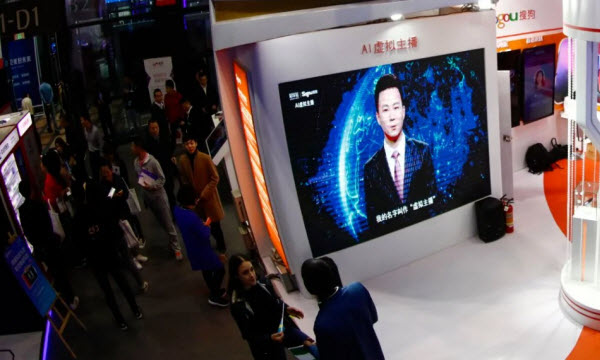
In alignment with this strategy, Xinhua News Agency, in collaboration with the Beijing-based search engine Sogou, launched its AI news anchor at the Fifth World Internet Conference in Zhejiang Province, China. The AI anchor, designed to look and sound like a human, reads news in a manner strikingly similar to a real human presenter. Using advanced digital modeling techniques, the AI anchor’s image was created by synthesizing footage of a real human newsreader and combining it with synthesized speech. The result is an AI anchor that mimics human facial expressions and lip movements with remarkable accuracy. The first AI news anchor, modeled after the well-known Xinhua anchor Qiu Hao, appeared before the audience wearing a striped suit and red tie, welcoming Chinese viewers and reading the news just like a professional human anchor. Xinhua also introduced an English-speaking AI anchor at the event.
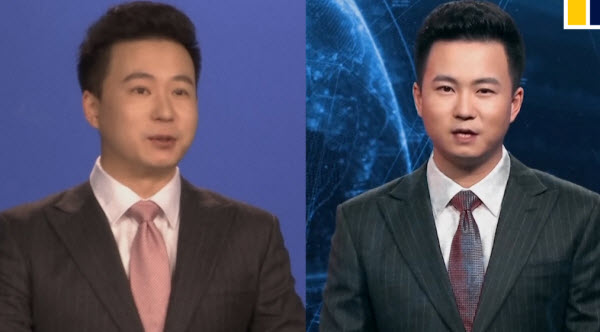
One of the key advantages of AI news anchors is their ability to deliver reports tirelessly, 24/7, from anywhere in the country. When they appear on screen, they promote themselves by saying, “I can accompany you 24 hours a day, 365 days a year, tirelessly keeping you informed as soon as the news scripts are typed.” AI anchor Qiu Hao has already delivered over 3,400 reports and more than 10,000 minutes of broadcast time. Xinhua has officially integrated these AI anchors into their news team and is planning to develop a team of AI reporters as well. This innovation not only reduces production costs but also enhances efficiency and accuracy. Furthermore, this technology can be adapted for use in various other fields beyond news broadcasting. While human news presenters are still employed at Xinhua, the agency acknowledges that the future of news delivery lies in taking this technology a step further.
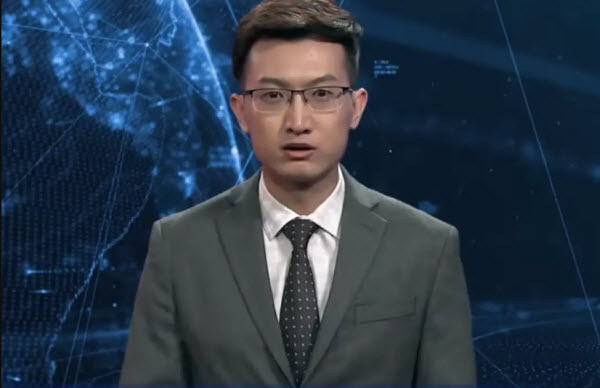
Following the success of the first AI news anchor, Xinhua has developed a female version named “Xin Xiaomeng,” a digital replica of the human news presenter Zhou Meng. This new AI anchor features more advanced technology, allowing her to move, turn, and walk. The AI anchor also displays fine details such as hair strands and skin pores and exhibits precise synchronization between her voice and lip movements. She can even change her makeup, outfits, and hairstyles based on different news scenarios.
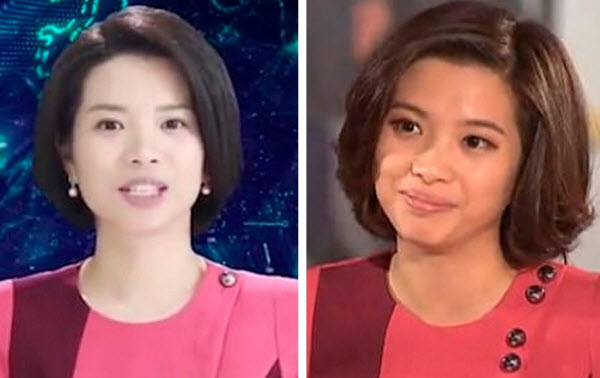
Despite this significant leap in the media field, it is not the first time Chinese media has used AI-driven robots for news delivery. In 2016, Dragon TV began using an AI-powered chatbot to present weather reports. Although these technologies offer numerous benefits to Chinese news agencies, some observers argue that the impact is limited since Xinhua is a state-run agency distributing government news and viewpoints. Whether the news is delivered by a human or a robot, the perspective remains the same. Additionally, no matter how advanced AI news anchors become, they still lack the decision-making skills, nuanced analysis, and emotional engagement that a real journalist brings. Thus, AI technology still has a long way to go before it can fully compete with human news presenters.
